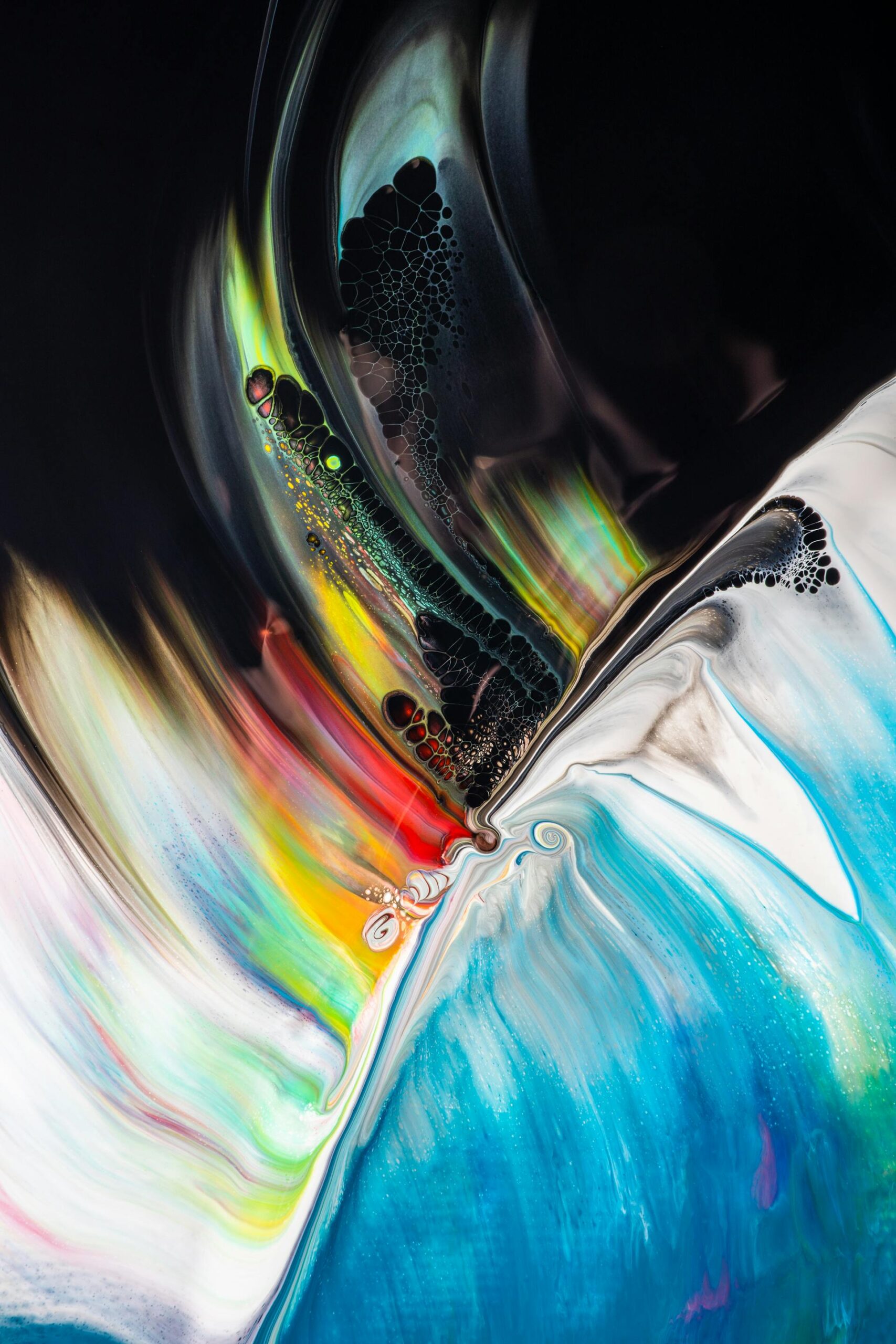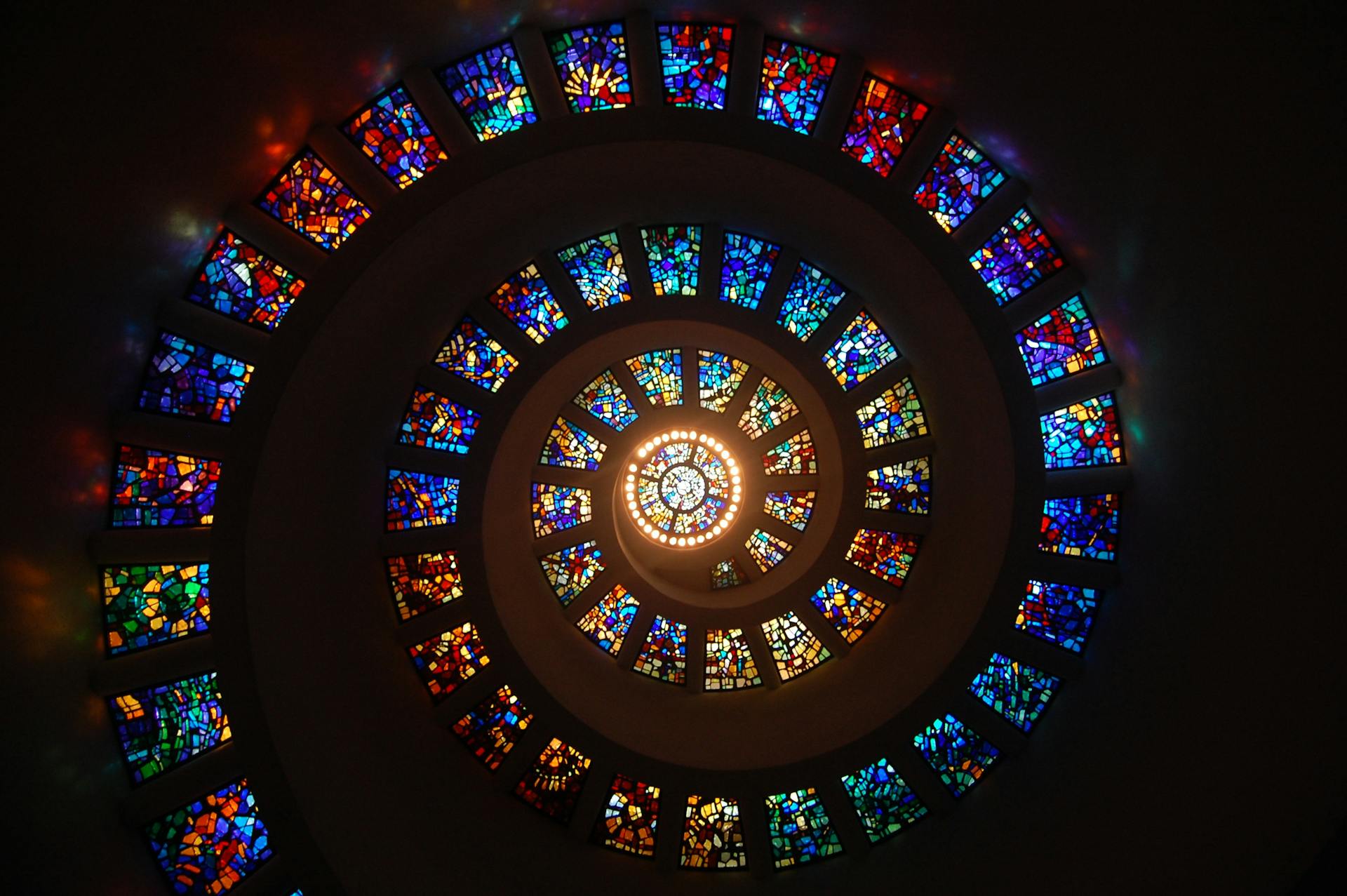Color-changing materials capture the imagination not only because they seem almost magical, but because they reflect the deep relationship between chemistry and the environment. While organic dyes often get attention for their ability to shift hues under light or temperature, a wide range of inorganic substances can also dramatically change color depending on the atmosphere around them. These color transitions are primarily driven by changes in oxidation states, coordination environments, or interactions with gases such as oxygen, hydrogen, water vapor, and halogens.
Among the most intriguing examples are vanadium pentoxide (V₂O₅) and tungsten hexachloride (WCl₆). Both compounds vividly demonstrate how inorganic materials interact with their surroundings, and why these interactions matter in modern science and technology.
Why Some Inorganic Compounds Change Color
Color in inorganic compounds often arises from electron transitions—either between energy levels within a metal ion (d–d transitions) or between the metal and surrounding ligands (charge-transfer transitions). When the environment changes, shifts in oxidation state or bonding geometry can alter the energy required for these transitions, and therefore the perceived color.
Several atmospheric factors can trigger such transformations:
- Presence or absence of oxygen
- Exposure to reducing gases (H₂, CO, NH₃)
- Humidity and water vapor
- Halogen-containing atmospheres
- Temperature changes that affect reactions with air
The resulting color changes are not merely aesthetic. They provide important insights into chemical reactivity and can be used in sensors, catalysts, optical devices, and material diagnostics.
V₂O₅: A Color-Shifting Transition Metal Oxide
Vanadium pentoxide (V₂O₅) is one of the most well-known inorganic compounds capable of dramatic color change when exposed to different atmospheric conditions. It normally appears as a yellow-orange crystalline solid, but this color is far from fixed.
Color Changes of V₂O₅
- In an oxidizing atmosphere (air, O₂):
V₂O₅ maintains its characteristic yellow-orange coloration. This reflects vanadium in its +5 oxidation state. - In a reducing atmosphere (H₂, CO, NH₃):
V₂O₅ can be partially reduced, forming lower oxides such as VO₂ or V₂O₃.- VO₂ appears dark blue or greenish.
- V₂O₃ is typically black or deep green.
These transformations occur because reducing gases donate electrons to the material, shifting vanadium from the +5 oxidation state to +4 or +3. Each state has different electron configurations, giving rise to different absorption spectra—and thus different colors.
Applications of Color Changes in V₂O₅
- Gas sensors: Detecting reducing gases by monitoring color or conductivity shifts.
- Smart windows: VO₂ exhibits a metal–insulator transition at ~68°C, making it useful for thermal regulation.
- Catalysis: The ability to toggle oxidation states makes V₂O₅ valuable in oxidation reactions, such as in the industrial production of sulfuric acid.
Thus, its atmosphere-dependent color changes are not merely optical tricks—they are tied to deep electronic changes that have important technological consequences.
WCl₆: A Volatile Halide with Distinct Atmosphere-Sensitive Colors
Another striking example is tungsten hexachloride (WCl₆), a compound belonging to a family of highly reactive metal halides. Pure WCl₆ is typically deep violet or dark blue-purple, but when exposed to different atmospheric conditions, its appearance changes noticeably.
Color Transformations of WCl₆
- In dry, inert atmosphere (argon or nitrogen):
WCl₆ retains its deep violet color, reflecting the intact W(VI) center in its octahedral chloride environment. - In moist air:
WCl₆ rapidly hydrolyzes, forming oxychlorides and eventually tungstic acid or tungsten oxides.
The violet solid may turn:- greenish-brown
- yellow
- or even white, depending on the extent of hydrolysis.
- In strongly reducing atmospheres:
WCl₆ can be reduced to lower tungsten chlorides:- WCl₄, often olive green to brown
- WCl₂, typically dark brown or nearly black
Because the chlorine ligands can be replaced or partially removed, and because tungsten can shift among several oxidation states (VI, V, IV, II), the compound responds vividly to its environment.
Why This Matters
The atmosphere-dependent behavior of WCl₆ is widely used in:
- Chemical vapor deposition (CVD): Controlled decomposition of WCl₆ helps deposit high-purity tungsten films.
- Synthesis of nanomaterials: Its reactivity allows fine control over tungsten-containing precursors.
- Fundamental research: Studying WCl₆ helps chemists understand ligand effects, redox transitions, and halide chemistry.
Other Inorganic Substances That Change Color with Atmosphere
While V₂O₅ and WCl₆ are classic examples, they are part of a much broader family of responsive materials:
- Copper oxides: Cu₂O (red) converts to CuO (black) upon oxidation.
- Iron oxides: Magnetite (Fe₃O₄, black) can oxidize to hematite (Fe₂O₃, red-brown).
- Chromium compounds: Cr(III) and Cr(VI) exhibit dramatically different colors depending on environment.
- Molybdenum and tungsten oxides: Display blue, purple, or yellow states depending on partial reduction.
The consistent theme is that metal centers with multiple accessible oxidation states tend to show strong atmospheric sensitivity.
Why Color-Changing Inorganic Materials Matter Today
Modern science takes advantage of these effects in practical ways:
- Gas detection technology
- Smart coatings and displays
- Energy-efficient windows
- Catalysts with dynamic behavior
- Atmosphere-dependent pigments for research and industry
Understanding the color changes of compounds like V₂O₅ and WCl₆ allows chemists to design smarter materials for tomorrow.




